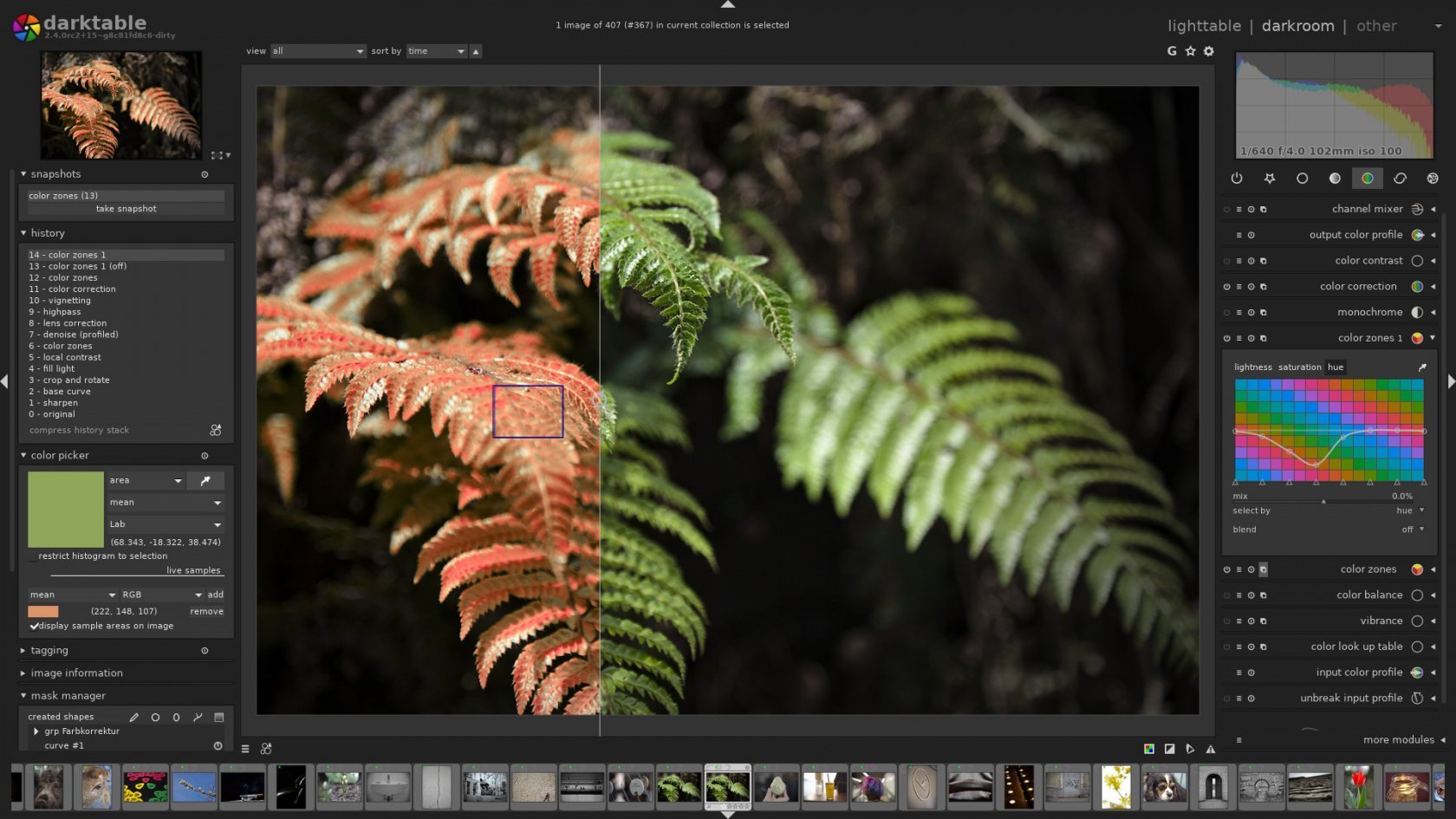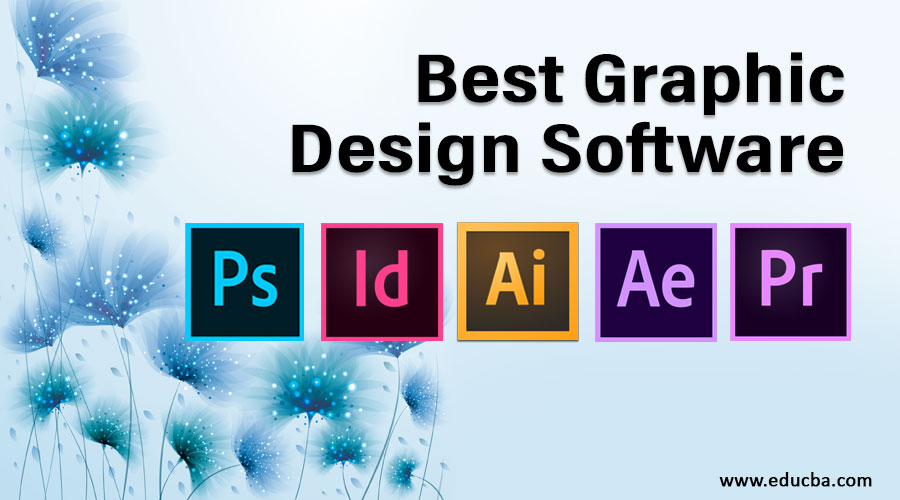Basics of graphic designing
💻GRAPHIC DESIGN INTRO❤......
Graphic design is a creative and visual discipline that involves creating and combining various elements to communicate messages, ideas, or information visually. It is used in a wide range of mediums such as print, digital media, advertising, branding, and more. Here are some basics of graphic designing:
1. Elements of Design:
The graphic design utilizes different elements to create visually appealing compositions. These elements include line, shape, color, texture, form, space, and typography. Understanding how these elements work together is crucial in creating effective designs.
2. Principles of Design:
The principles of design provide guidelines for arranging the elements in a visually pleasing and harmonious manner. They include concepts such as balance, contrast, emphasis, proportion, unity, and hierarchy. Applying these principles helps create a sense of visual order and organization.
3. Color Theory:
Color plays a vital role in graphic design. Understanding color theory is essential for creating harmonious and visually appealing designs. It involves concepts like the color wheel, color harmony, contrast, and the psychological effects of different colors.
4. Typography:
Typography refers to the selection and arrangement of typefaces (fonts) in design. Choosing appropriate fonts that complement the design's purpose, readability, and hierarchy is crucial. Factors such as font styles, sizes, spacing, and alignment all contribute to effective typography.
5. Layout and Composition:
The arrangement of visual elements within a design is known as layout and composition. This involves organizing text, images, and other graphic elements to create a balanced and visually pleasing composition. Understanding concepts such as grid systems, alignment, and whitespace helps create well-structured designs.
6. Visual Hierarchy:
Visual hierarchy refers to the arrangement of elements to guide the viewer's attention through the design. By using size, color, contrast, and placement, designers can create a hierarchy that emphasizes important information and guides the viewer's reading or viewing flow.
7. Image Editing:
Graphic designers often work with image editing software, such as Adobe Photoshop, to manipulate and enhance images. Skills in cropping, resizing, retouching, and color correction are valuable for creating polished designs.
8. Design Principles for Different Mediums:
Graphic design can be applied to various mediums, including print, web, mobile, and social media. Each medium has its own design considerations and constraints. Understanding the specific requirements of each medium is important for adapting designs effectively.
9. Design Software:
Graphic designers often use specialized software for their work. Popular graphic design software includes Adobe Photoshop, Illustrator, InDesign, and Sketch. Familiarity with these tools and their features is valuable in executing design projects efficiently.
10. Design Process:
Graphic design typically involves a systematic design process that includes research, ideation, conceptualization, iteration, and final execution. Understanding and following a structured design process is important to ensure effective and successful outcomes.









Comments
Post a Comment